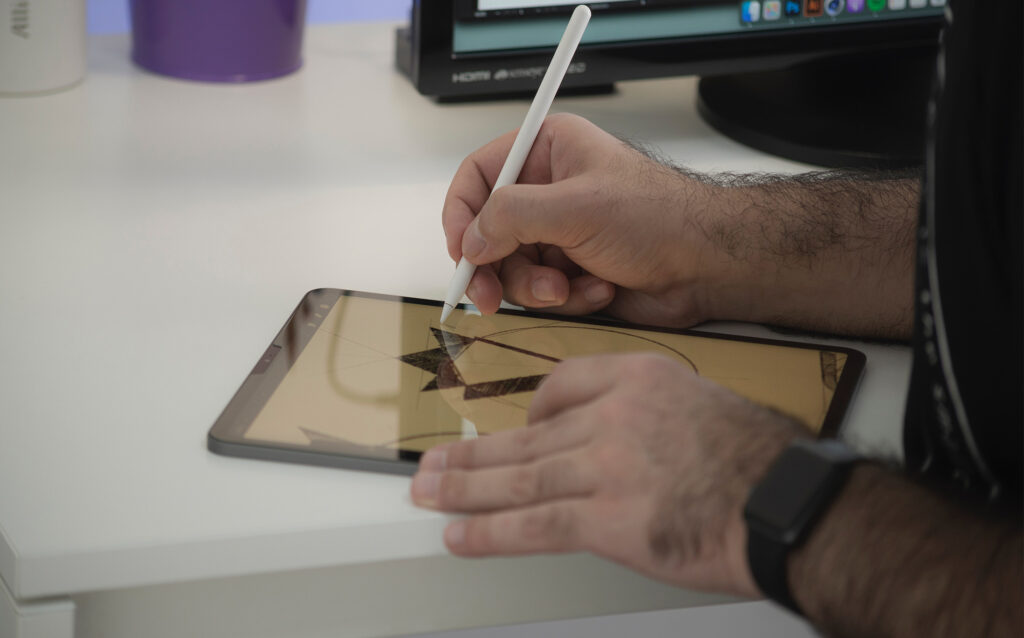
Introduction:
In the visual world of branding, a logo stands as the cornerstone of a company’s identity. A well-designed logo goes beyond being a mere graphic; it encapsulates the essence of a brand, communicates its values, and leaves a lasting imprint on the audience. In this blog, we’ll explore the intricate process of logo design, uncovering the principles, creative aspects, and strategic thinking that go into crafting effective and memorable logos.
The Purpose of a Logo:
Brand Recognition: A logo is the face of a brand, serving as a visual representation that consumers associate with a company. The goal is to create a unique and easily recognizable symbol that sets the brand apart from its competitors.
Conveying Values and Personality: A well-designed logo communicates the core values and personality of a brand. Whether it’s conveying professionalism, friendliness, innovation, or tradition, the visual elements of a logo play a crucial role in shaping the perception of the brand.
The Creative Process:
Research and Understanding: The first step in logo design involves a thorough understanding of the brand, its mission, target audience, and unique selling points. Researching industry trends and competitors helps designers identify opportunities to create a distinctive and relevant logo.
Sketching and Conceptualization: Armed with insights, designers embark on the sketching phase, exploring various concepts and visual elements that align with the brand’s identity. This stage allows for creative freedom and experimentation before narrowing down to a few strong ideas.
Simplicity and Versatility: Simplicity is a guiding principle in logo design. A simple yet impactful logo is more memorable and versatile across different mediums. Logos should work well in various sizes, ensuring clarity whether displayed on a billboard or a business card.
Color Psychology: Colors evoke emotions and perceptions. The choice of colors in a logo should align with the brand’s personality and resonate with the target audience. Understanding color psychology is pivotal in creating a logo that elicits the desired emotional response.
Strategic Elements:
Scalability: A successful logo should be scalable without losing its integrity. It should look just as good on a small business card as it does on a large billboard. This scalability ensures that the logo remains effective across diverse applications.
Adaptability: Logos must be adaptable to various contexts and mediums. Whether in print, online, or on merchandise, a well-designed logo should maintain its impact and legibility.
Timelessness: While it’s essential to be aware of design trends, a timeless logo transcends fleeting fads. A logo should have the endurance to remain relevant for years, if not decades, ensuring a consistent and enduring brand image.
Conclusion:
Logo design is a harmonious blend of creativity, strategy, and visual storytelling. A well-crafted logo becomes a powerful asset for a brand, leaving a lasting impression on consumers and establishing a visual identity that stands the test of time. By understanding the brand’s essence, embracing creativity, and adhering to fundamental design principles, designers can create logos that not only capture attention but also become synonymous with the brand they represent.
